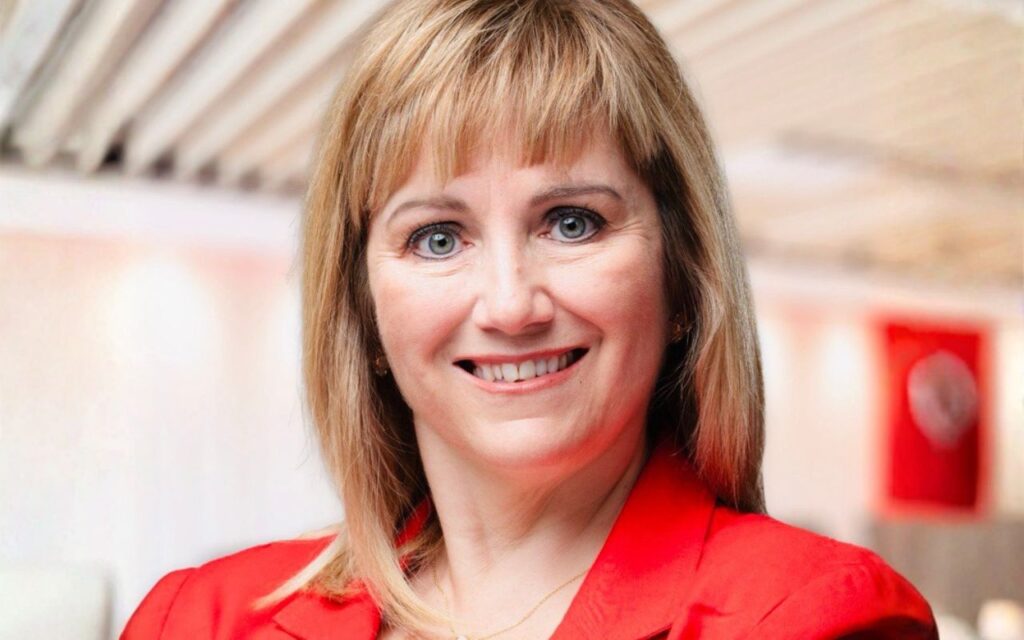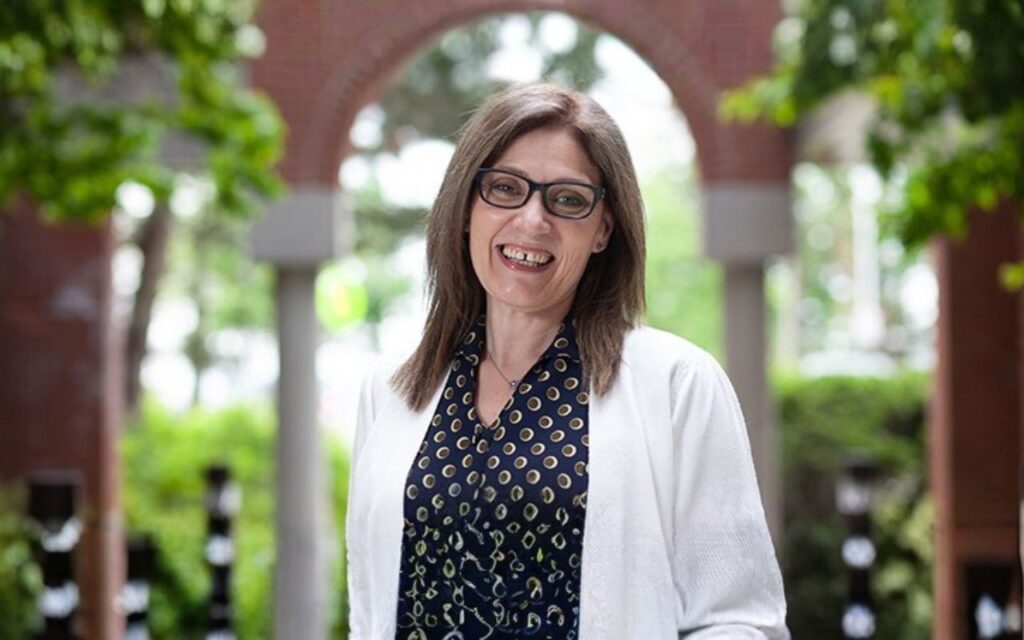
If you haven’t read our previous story in this series, that’s a good place to start. It explores the often-overlooked crisis in women’s healthcare in Canada, highlighting how “benign” conditions like endometriosis, fibroids, prolapse, and incontinence significantly impact women’s lives despite receiving less attention and priority in the healthcare system.
While we’d like to promote the positive — and our next story will focus on advocacy — unfortunately, we first have to mention the subset of women in Canada who suffer disproportionately from the above conditions.
If you don’t speak English or French, if you live outside of a major urban centre, if you’re Black — or a member of another minority — your path to gynecological care is even more complicated.
The stark reality for Black women
Let’s take a closer look at the reality for Black women who, compared to people in other racial groups, are more likely to develop uterine fibroids. The Mayo Clinic offers the following statistics:
- By age 50, up to 90 per cent of Black people with a uterus have fibroids.
- Black women develop fibroids at younger ages and have larger, faster-growing fibroids.
- Black people report worse symptoms compared with those of white people — severe pain, anemia due to heavy periods, and symptoms that interfere with relationships, physical activity, and the ability to go to work.
- Compared with white people, Black people are:
- Three times more likely to be hospitalized for problems related to fibroids.
- Seven times more likely to have surgical removal of fibroids (myomectomy).
- Two times more likely to have a hysterectomy to remove the uterus and fibroids.
Dr. Sony Singh, a leading expert in minimally invasive gynecologic surgery at The Ottawa Hospital, sees this first-hand. Because more Black women need gynecological care, they, as a group, are disproportionately affected by long wait times and access to care issues as well as all the knock-on effects of not getting that care, including, as mentioned above, restrictions to education, career, and personal freedom.
Racial and geographic disparities

The problem isn’t limited to the Black community. Dr. Singh practices in Ottawa — a city which, at 22 per cent, has the smallest proportion of visible minorities among Canada’s six largest metropolitan areas — yet he estimates his practice is about 40 per cent non-white. “The burden of these conditions is tied to racial and ethnic complexities,” Dr. Singh says. “It’s hard not to consider that there’s a level of social constructs, such as racism, that further impact the access to care.
“And if we talk about rural Canada,” Dr. Singh adds, “if you’re outside the urban centre, your access to care is even worse.”
What’s particularly frustrating for Dr. Singh is that, after over 20 years in practice, he’s seen huge advances in what he’s able to do. “I feel like we’re way ahead,” he says, referring to medical techniques and knowledge. “But for most women, access to the care they need is still the same as 23 years ago.”
As much as he’d prefer not to, Dr. Singh advises his patients who have the money and/or the means to leave the country to access the surgical care they need rather than joining a multi-year waiting list. “If you are privileged, you will find care,” he says. “The problem is the older and poor patients in our society who depend on this system. They cannot go.”
Overlooked impacts
Part of the problem, Dr. Singh says, is that we don’t even see or measure the true impact of these women’s health conditions. He gives the example of a patient who falls and fractures their hip. The system treats this as an orthopedic issue. Dr. Singh sees it differently, though. “We focus on their hip, not the fact that they fell because they were so soiled and wet from their incontinence that they tried to get to the bathroom and fell.”
It seems obvious that solving the problem at the source would vastly improve the quality of life for that patient while saving an array of cascading costs for orthopedic surgery, rehabilitation, and possibly ongoing care for somebody who might never fully recover.
What would it take to switch the focus to addressing the women’s health issues that are causing long-term suffering and damaging women’s careers and educational prospects, as well as their personal relationships? Dr. Singh say it won’t happen, “until, federally, somebody stands up and says ‘enough is enough.’”
We’re not there today, but in our next story in this series we’ll look at advocacy. How can we try to make a difference to improve access to care for all women in Canada?








